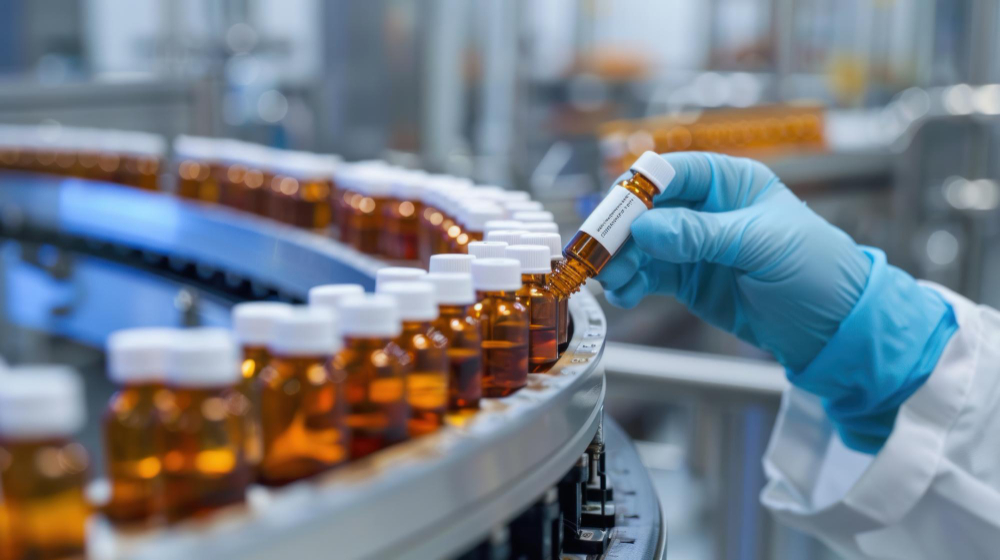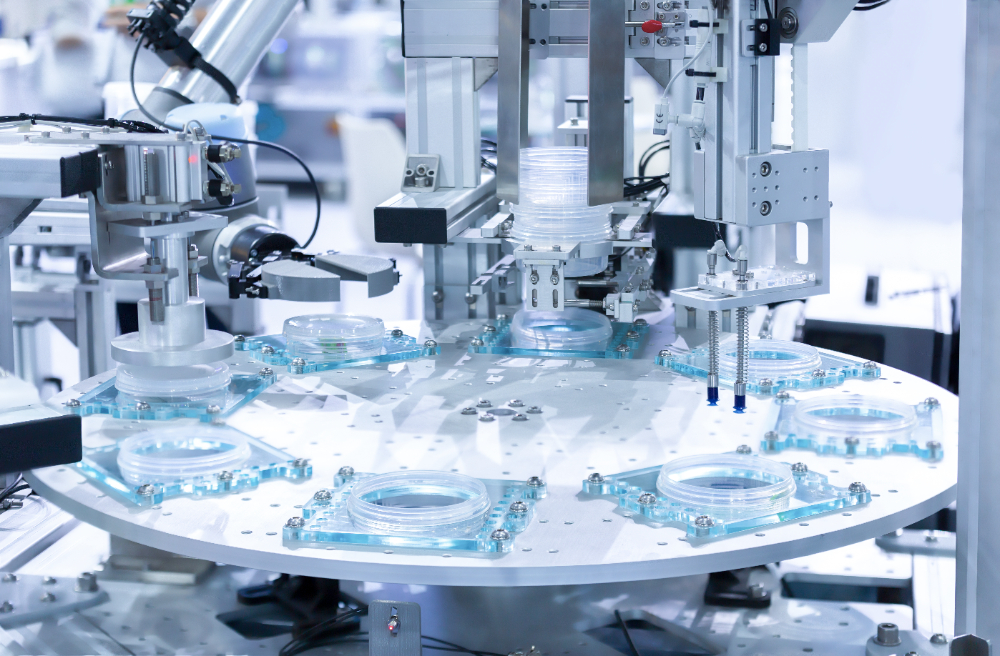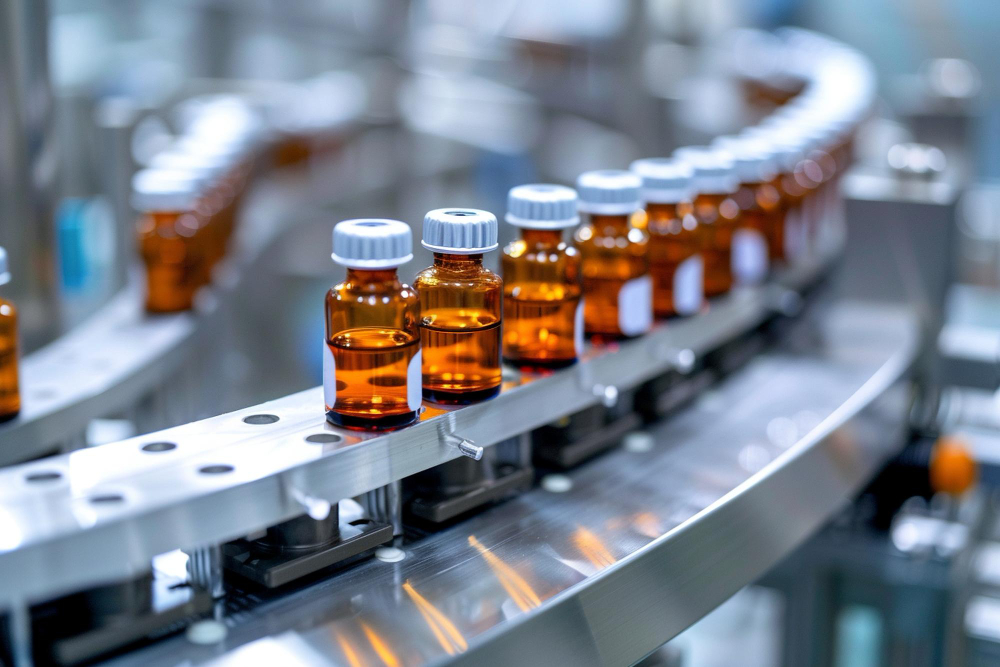Maintaining impeccable cleanliness is the foundation of pharmaceutical manufacturing, and bin washing stations play a pivotal role in achieving this. These systems are designed to efficiently clean and sanitize bins, containers, and other equipment used in handling sensitive materials.

But how do they work?
Let’s break down the process step by step to give you a clear understanding of how a bin washing station operates and ensures compliance with stringent industry standards:
Before the actual washing begins, proper preparation is crucial to ensure an effective cleaning cycle. Here’s what the preparation stage typically involves:

Proper preparation not only streamlines the washing process but also ensures optimal results.
Once the preparation is complete, the main washing cycle begins. Here’s how it works:

This process ensures that every inch of the bin is cleaned to the highest standard, making it safe for reuse.
Once the washing is complete, the drying phase ensures that no moisture is left behind, which could lead to contamination or material degradation.
The drying stage is essential for preventing bacterial growth and maintaining bin integrity.
Modern bin washing stations are equipped with advanced control and monitoring systems to ensure every cycle is efficient and consistent.

Control systems ensure that every cleaning cycle meets industry standards, reducing the risk of errors and enhancing operational efficiency.
Even with advanced systems, understanding how to optimize the use of a washing station can prevent potential problems:
Tips for Optimal Performance:
Common Issues and Solutions:
Proactive measures and routine checks can help maintain the efficiency of your washing station.
To keep your bin washing station running smoothly and extend its lifespan, regular maintenance is essential:

A well-maintained washing station delivers consistent results and minimizes downtime and repair costs.
A bin washing station is a critical asset in pharmaceutical manufacturing, ensuring that bins and containers are cleaned to the highest standards. For any pharmaceutical operation aiming to meet stringent hygiene standards, investing in a reliable bin washing station is not just an option—it’s a necessity.
Explore our innovative solutions and elevate your production standards today. Visit us now!
What Is a HEPA Filter and How Does a HEPA Filter Work?
The Importance of Detergents in Cleaning Pharmaceutical Equipment




Manufacturing pharmaceutical products should always be taken seriously. That is, every process must follow the strictest and highest standards. This is the very reason why manufacturers prefer hiring an EPC contractor. Contractors working under EPC contracts will ensure the outcomes are of the best quality no matter what happens, focusing on the construction of the […]

Explore the importance of EPC contracts in pharmaceutical manufacturing. Learn how EPC works, its benefits, and why choosing an EPC contractor can guarantee project success with Canaan’s industry-leading equipment.

Discover how SCADA and PLC improve automation in the pharmaceutical industry. Learn their roles, benefits, and how Canaan’s advanced technology enhances efficiency and safety.